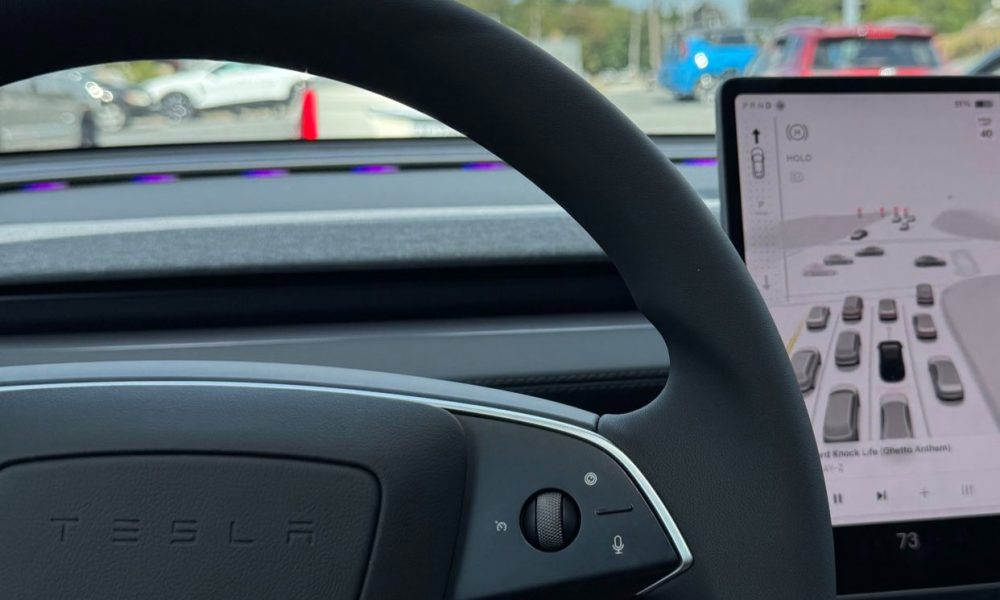
"Tesla Full Self-Driving is amongst the most robust and refined semi-autonomous driver assistance systems on the market today. After three weeks of ownership, I've driven around half of my miles using it, and my impressions put me right in the middle of it being very impressive and needing some work. Of course, if it were perfect, it would be driving us all around all the time while we sleep, scroll our phones, or watch movies in the cockpit."
"However, there are some things that are obvious pain points, situations that need improvement, and areas where I believe it has a long way to go. Regardless, these are things I have noticed, and they may differ from your opinions based on your location or traffic situations. Tesla Model Y ownership two weeks in: what I love and what I don't"
"I have yet to have a critical intervention of any kind on the highway. I have driven on easy highways like Rt. 30 in Pennsylvania, and I have driven on congested four-lane parking lots like I-695 near Baltimore, Maryland. Tesla FSD does a tremendous job on all of it. I usually use the "Hurry" setting of FSD with an offset of between 25 and 40 percent, depending on what I'm doing and where I'm going."
Full Self-Driving performs strongly as a robust, refined semi-autonomous driver assistance system. After three weeks of ownership, roughly half of driving miles were conducted with FSD in active use, producing mixed impressions of impressive capability and persistent shortcomings. Highway performance is particularly strong, including both easy routes and congested multi-lane highways, often requiring no critical interventions. The "Hurry" driving profile with a 25–40 percent offset more closely matches local traffic behavior than the more conservative "Standard" profile. The system impresses passengers but contains obvious pain points and situational limitations that vary with location and traffic conditions. Examples were observed using v13.2.9.
Read at TESLARATI
Unable to calculate read time
Collection
[
|
...
]